As Etkiyap, we attach importance to the impact of the Women Farmers Loan project, realized in cooperation with Tekfen Foundation and TİSVA, which has been measured, managed and monitored since the beginning of the project, and that is the first example of Social Return on Investment (SROI) Analysis in the country. Measuring a project or investment from the beginning and throughout the project based on data and evidence concretely reveals the transformation of the social value of that project into an economic value. This provides us with a very high standard in resource allocation and selecting the correct type of capital and scaling.
“The Women Farmers Loan” was announced on World Farmers Day, May 14, 2021.
We had an interview with Dori Kiss Kalafat, Tekfen Holding Corporate Communications Sustainability Group Companies Director, and Ceyda Özgün, Social Impact Coordinator of Etkiyap responsible for measuring the impact of the project, then talked about the importance of measuring the impact of the project from the very beginning.
Note: As of 18 June 2021, 80 women were provided with loans within the project’s scope, and the entire first batch of funds was allocated.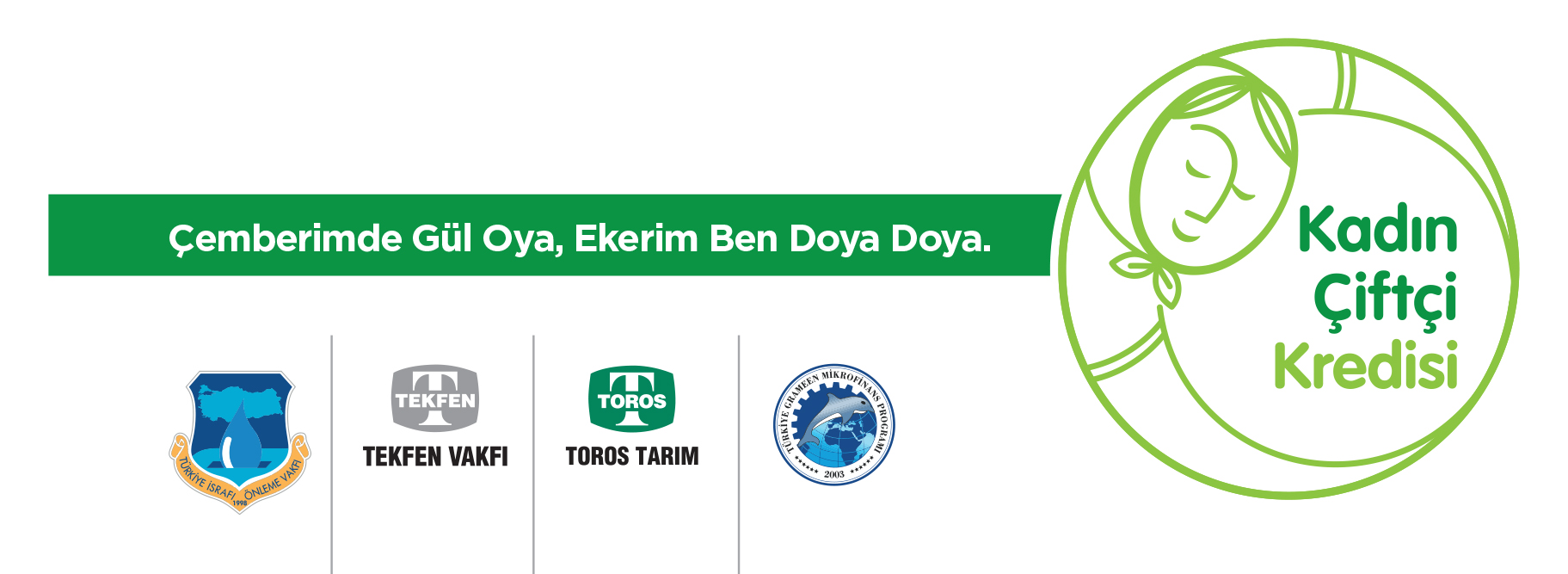
1- First of all, what is the inspiration for the Women Farmers Loan Project and how did you prepare?
Dori Kiss Kalafat: First of all, let me start by talking about our acquaintance with TİSVA. Unfortunately, three hundred one miners lost their lives in the Soma Mining Accident on May 13, 2014. We, as Tekfen, share the same feelings with all of Turkey. We started thinking about how we could help the people in the region or reduce the economic damage they suffer. We went to the region to see the situation in Soma because the donation was made primarily to spend it in this unfortunate accident. You will remember that at that time, aid rained down on Soma entirely in good faith, but disproportionately, beyond and beyond need. So there were some distortions. For example, a boy whose father was not involved in an accident questioned why he was not given a bicycle. During our visit, after some meetings with the district governor, notables, associations, and NGOs that have branches in the region, we came to the following point: With the industry shaped around mining and mining in Soma, mining has become almost the only source of livelihood of the region, and as it is known, mining is a source of income especially built for men. Therefore, families lose both their father or son from their family and their livelihood in a mining accident. As we have seen in many examples, this situation results in the forced return of the woman to her family (father’s home) due to economic reasons.
Based on our observations, we wanted to support women in contributing to the family economy as an alternative to mining to produce a permanent solution, not a one-time grant. We set out to the road because when an additional income came to the household, the son would not have to work in mining and find a new job, even though the father worked there. Meanwhile, our path crossed with TISVA.
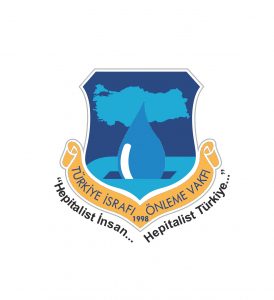 In November, following the accident in May 2014, we established a microcredit branch with TISVA in the city, and now approximately 600 women benefit from the microcredit program in Soma regardless of whether they lost their spouse or relative in the accident. Since this number has not significantly changed in recent years and has not increased anymore, we expanded our area from Soma to Manisa and Manisa Plain. Then, as Tekfen, where funding could not be found despite high demand, we expanded to Mersin, where we are also located.
In November, following the accident in May 2014, we established a microcredit branch with TISVA in the city, and now approximately 600 women benefit from the microcredit program in Soma regardless of whether they lost their spouse or relative in the accident. Since this number has not significantly changed in recent years and has not increased anymore, we expanded our area from Soma to Manisa and Manisa Plain. Then, as Tekfen, where funding could not be found despite high demand, we expanded to Mersin, where we are also located.
2- How did agriculture come into this equation?
Dori Kiss Kalafat: I’ve been thinking about including agriculture in the women/microcredit equation from the very beginning. Indeed, there were already many women using standard microcredit for agriculture. We wanted to establish the NGO, Stakeholder, and Business triangle by including agriculture, one of Tekfen’s two essential fields of activity. Because we believe that the more a company’s social responsibility activities and its core business overlap, the more stakeholders will feed on each other. We have finally been able to implement this triangle, which I believe is a sustainable, complex, long-term, and much more possible “win-win” construct, during the Covid-19 Epidemic, which encourages people to do more valuable work. The most basic need of people is food, and the provision of food is possible with agriculture. With the pandemic, the importance of agriculture has been re-understood in Turkey and the rest of the world.
3- What are Tekfen’s sustainability efforts? When did they start?
Dori Kiss Kalafat: Tekfen’s corporate sustainability journey started 3-4 years ago. Within the scope of the economy-human-environment dimension of sustainability, women are of great importance to humanity. Tekfen Group of Companies is a construction and agricultural industry company, our female employment rate is 8-9%, which is relatively low! In other words, the studies we carry out for women within our organization are necessarily limited. However, we believe in the impact and transformative power of the proper work we will do for and with women in agriculture, which is the undeniable place of women. At Tekfen, our contact with women is in agriculture. Women do not have a name in agriculture, but they have a lot of effort!
“At Tekfen, our contact with women is in agriculture. Women do not have a name in agriculture, but they have a lot of effort! “
The majority of those working in the field in agricultural production are women. According to the primary labor force data of TUIK regarding the agricultural sector, a total of 4 million 515 thousand people will be employed in agriculture in 2020. 1 million 782 thousand of them were women. On the other hand, according to the data of the Union of Chambers of Agriculture of Turkey, 1 million 367 thousand women working in agriculture work as unpaid family workers. Two hundred nine thousand of them are employed on their account, and 201 thousand are employed on a wage or daily wage basis. 1 million 677 thousand women working in agriculture do not have insurance records.
4- Can you talk about the Women Farmers Loan Project, what are the short and long-term goals of the project?
Dori Kiss Kalafat:
Considering that we have a significant fund in TİSVA, we planned a microcredit program that could change the current position of women in agriculture. By supporting women to be removed from their mere laborer identity and become an entrepreneur, in other words, a farmer, we added a new one to TİSVA’s existing microcredit types. We created a loan to contribute to agriculture with higher added value. Credit is a tool here. The primary purpose is to make women’s role in agriculture more active and bring women into agriculture with different aspects.
Considering that the project will positively impact topics such as empowering women, expanding agriculture, local development, contributing to the domestic economy, and thus increasing the level of welfare, we see it as a good business in all aspects. A woman benefits from the loan, how much land, and what she should produce to repay her debt and make a profit. At this point, our agricultural experts stepped in, and the agricultural engineers of Toros Tarım made calculations on what to plant on one decare (1,000 square meters) plot and came up with a pilot project based on the strawberry sample. Accordingly, if a woman who gets a loan of 10 thousand TL grows strawberries in an area of one decare, her expenses such as two balls of irrigation pipes to be laid, 6,000 seedlings to plant, 185 tows, 185 kilograms of plant food, and the like will cost approximately 9,000 TL. In return, if she sells about 5,000 kilograms of strawberries for 5.5 TL per kilogram, she will earn 27,500 TL.
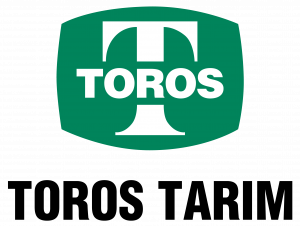 This feasibility study was carried out to calculate the required loan amount, but on this occasion, a packaging project was created that can be used by a woman who does not know what to plant or who finds it logical. The project is not limited to giving loans to women, but they are also given free training to make correct and efficient production after the loan allocation. As of the week of May 24, 2021, 55 women’s loans were allocated, and basic agricultural training was completed.
This feasibility study was carried out to calculate the required loan amount, but on this occasion, a packaging project was created that can be used by a woman who does not know what to plant or who finds it logical. The project is not limited to giving loans to women, but they are also given free training to make correct and efficient production after the loan allocation. As of the week of May 24, 2021, 55 women’s loans were allocated, and basic agricultural training was completed.
 Of course, some women are already experienced in planting, but it should not be forgotten that there are many misconceptions in agriculture! Occupational safety was also subject in the training content; For example, it is necessary to teach them how to bend over while working in the field to prevent back pain. At the same time, TİSVA provides financial literacy training to women; What is the debt, how is it paid back, and income-expenditure. In other words, credit is just a tool to bring these women into the family and community economy and active working life. We have set out on this path, but Impact Analysis will come into play by acting as a compass at the point where this road will take women and us.
Of course, some women are already experienced in planting, but it should not be forgotten that there are many misconceptions in agriculture! Occupational safety was also subject in the training content; For example, it is necessary to teach them how to bend over while working in the field to prevent back pain. At the same time, TİSVA provides financial literacy training to women; What is the debt, how is it paid back, and income-expenditure. In other words, credit is just a tool to bring these women into the family and community economy and active working life. We have set out on this path, but Impact Analysis will come into play by acting as a compass at the point where this road will take women and us.
5- With the Social Return on Investment method, which is an Impact Measurement method, the project stakeholders; What information will Tekfen Foundation and TİSVA receive?
Ceyda Özgün:
With this analysis, all stakeholders will see which of each activity, such as primary agriculture, occupational health, and financial literacy training, the loan itself and expert support, create more value for women, and what kind of changes they cause. In addition, we will observe the value of the changes. Of course, value is, by its very nature, a relative concept. The difference they have gone through may have a different value for each of the farmers.
The parts that I care about the most are: Did this project have an equivalent for them, in other words, would they have experienced the same changes without this project, how much of it would they have experienced, and were there any third actors’ contributions to the change they experienced? Knowing the third actors can guide who to cooperate within this project because it shows that at some point, they are working or supported for the same purpose.
6- The impact measurement of the project is carried out with SROI Analysis. You will see the investment ratio to the created value in the same unit (currency). Does this comparison opportunity contribute to your decision-making processes?
Dori Kiss Kalafat: Of course, there must be a unit to measure. This metric is a currency, as there is no clear unit of self-confidence, happiness with the possibilities available. The fact that our women farmers earn their own money and have economic freedom glorifies human dignity. Happiness in women also reflects on other family members, especially their children, as happiness and hope for the future. We will also measure the financial value with Impact Measurement, but what is expected by all stakeholders within the scope of the project is not the evaluation of “we gave 1, we got 3”, but changes of “happiness.”
We taught suitable agriculture within the scope of the project. When her neighbor sees the crop from the garden of the woman benefiting from the project, she will want to learn the proper practices; We consider this indirectly an essential gain for Toros Tarım.
Ceyda Özgün: The scene looks quite positive in my interviews with the women who benefited from the project. Women’s top priorities are supporting the family economy, contributing to their children’s education, and having their children have a job. All those who own the garden are aware of the value of the land; they want to leave it to their children. It is very pleasing that the expectations of Ms. Dori and all the stakeholders matched with the feedback I received from the women.
Social Return on Investment, unlike social accounting and financial accounting, is based on detecting emotional changes in people and speaking over the standard language/unit, money. It allows comparing apples to apples. Women determine the value of all these positive emotions, such as happiness and self-confidence. Therefore, our analysis can be said to be purely subjective. If the return-on-investment ratio is above 1:1, the program is working. Whether an increase in this rate is observed in the next period, it is essential to maximize the value.
7- 7-What is your expectation from Impact Measurement and Management (IMM)? What kind of advantages do you believe measuring the impact of the project will make?
Dori Kiss Kalafat: We created a ‘Creating Shared Value matrix’ for our social benefit-oriented works last year as an institution.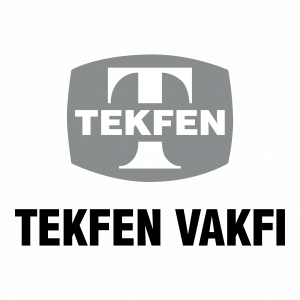
At Tekfen, we do our work with common sense and in the right way. But we need to know how well we did what we did, or would it be more effective if we did something other than what we did. Last year, we decided to coordinate our work within the Tekfen Foundation with the social benefit-oriented work at Tekfen Group Companies. We have completed our work to create a shared value creation approach and make decisions based on these criteria when constructing a project or considering whether to be involved in a project from now on. The Woman Farmer Loan is the first project we have handled with this approach after our work was completed. Therefore, recording its impact, measuring it, and basing it on data; will answer the following questions:
- How much effort did we put in?
- How many resources have we allocated, and how has it been rewarded?
- Did the impact, social value, and economic value increase, and if so, how and how much?
- Do women want the same thing as we do? Is there another way we can be more helpful to them? Or what would it be better to do differently in the current project?
8-Do you recommend Impact Measurement to institutions and organizations that carry out impact-oriented projects like yours?
Dori Kiss Kalafat: Of course, you can’t set goals unless you measure, and you can’t know where you’re getting from them. For this reason, we will advance our future projects with measurement; we will put them in a framework and construct them according to specific criteria. We will measure both at the starting point and along the way and see where we are going; we will measure it. Of course, if a goal is set from the beginning, you may encounter good, bad, or different results at the end of the project. The important thing is to measure along the way, observe the progress, change the strategy if necessary, and make adjustments.
Projects are not a form of relationship where one party gives, and the other receives directly; mutual exchange and communication are required. We cannot impose the intended effect on the beneficiary; Demand is just as significant as supply.
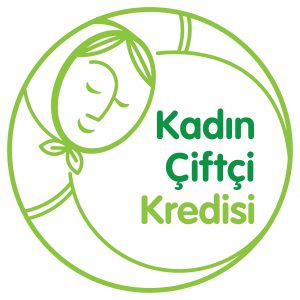 The beneficiary also guides us when she states, “it would be more suitable for me if you set up the project in an x-shape”. So, it’s an energetic relationship. We will teach the women who benefit from the project to do the right farming by revealing their minds and goals beyond their labor and muscle strength, but they will also teach us a lot.
The beneficiary also guides us when she states, “it would be more suitable for me if you set up the project in an x-shape”. So, it’s an energetic relationship. We will teach the women who benefit from the project to do the right farming by revealing their minds and goals beyond their labor and muscle strength, but they will also teach us a lot.
9- Ms. Dori emphasized the importance of stakeholders. In your opinion, what is the essence of stakeholders in this project in particular and in general?
Ceyda Özgün: Stakeholders are the backbone of every project, as stated by Ms. Dori. While designing some projects and programs, we set out to identify and solve problems from the outside, try to find solutions, and all reveal our areas of expertise. We do a desk design for a group of beneficiaries who need a solution. As Ms. Dori stated, the only way to detect the directive “You are designing something for us, but this kind of thing suits us, not this one” is to involve the stakeholders in the project while it is still in the editing phase, and then stay in touch at every stage. Rather than realizing at the end of the project that the project can be constructed more efficiently than it is, we can use the resources correctly by understanding the stakeholders at the beginning of the project and designing accordingly. In short, I think the most crucial point of involving stakeholders is ensuring the correct use of resources.
Dori Kiss Kalafat: The use of funds in Soma can be an excellent example of the correct use of resources. As I mentioned, our donors provided the conditional donation to carry out a project in Soma, but if we had realized the project there, although it was not needed in Soma, we would not have done the right thing. If we observe that we have reached the highest point in the number of women who will benefit from the project in the region, the task will be completed. Afterward, the scope of the project can be expanded to other regions as needed.
10- On which SDGs does this project focus?
- 1-No Poverty
- 2-Zero Hunger
- 5-Gender Equality
- 8-Decent Work and Economic growth
- 10-Reduced Inequalities
- 12-Responsible Consumption and Production
- 15-Life on Land

11- Finally, what do you think about the project’s long-term effects in Turkey, and do you believe it will activate other institutions?
Dori Kiss Kalafat: Observing where the project evolves will set an example for us. At the same time, we, as Tekfen, choose to be a sharer in such projects; beyond choosing, we also love. The implementation of the same project by other institutions in other regions will ensure the real success of our project. The project is not only for us; we consider it as a pilot for the Women Farmers Loan and similar projects to spread.


